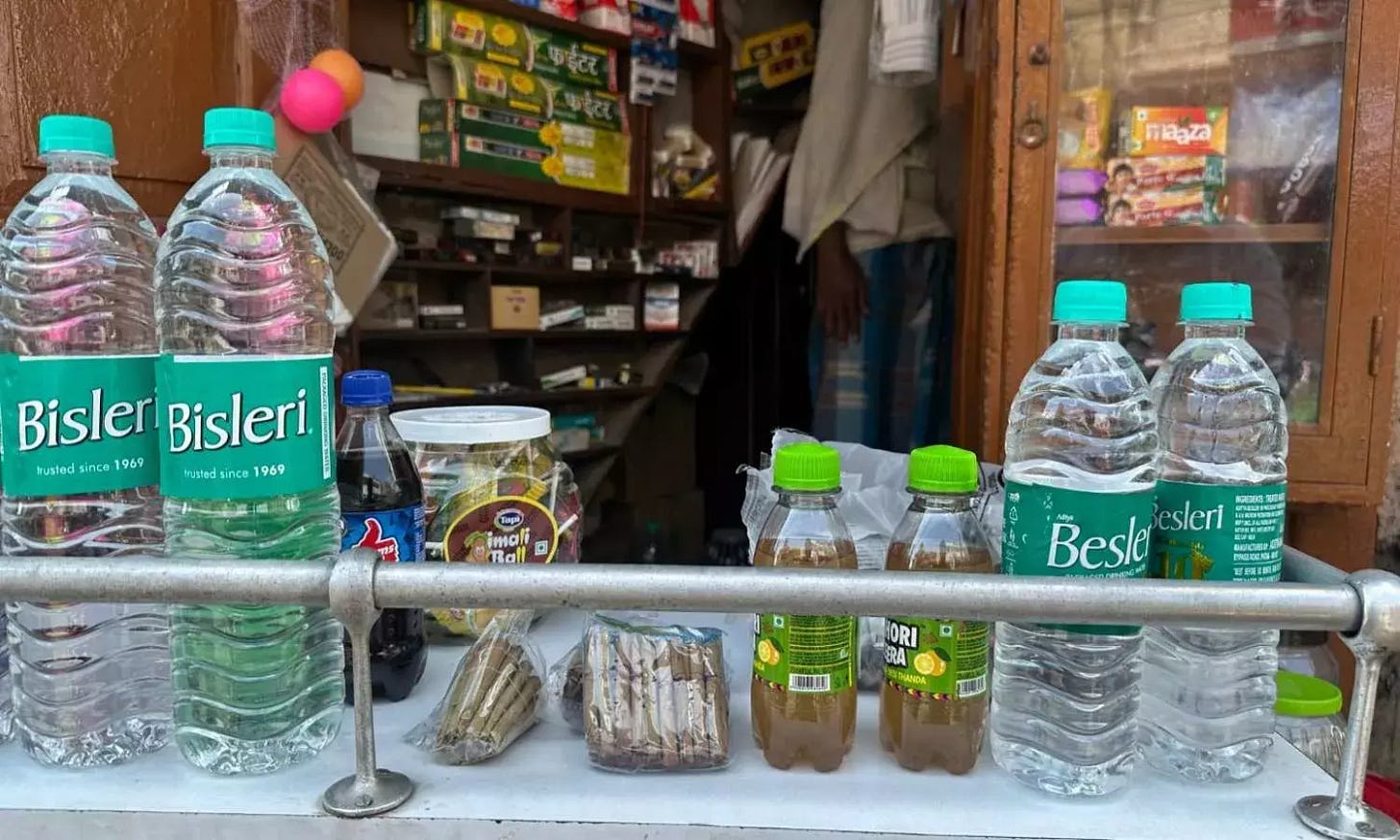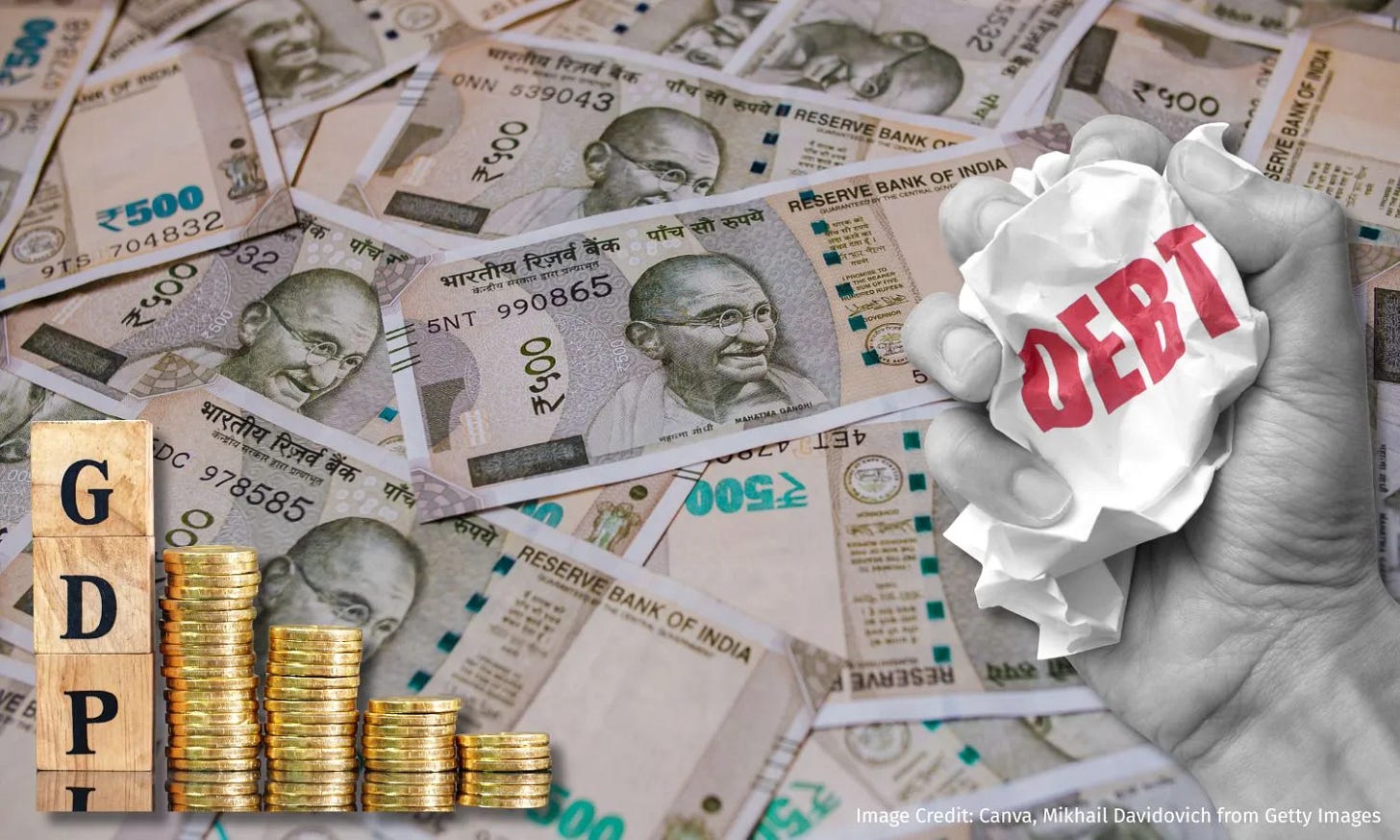The Cost of Climate, Consumption and Collapse: A System Under Strain
This week, India's silent bidi crisis, the burgeoning debt of Indian states, how climate is impacting UP's mango farmers, and more
From the scorched mango orchards of Malihabad to the waterlogged slopes of Himachal, from mounting public debt to unchecked tobacco addiction, this week’s stories reveal a nation grappling with the compound effects of climate volatility, systemic neglect, and policy shortfalls. Whether it is children rolling bidis, mountains crumbling under monsoon fury, or states sinking deeper into unproductive debt, the common thread is that the costs -- human, economic, and ecological -- are rising. These aren’t isolated crises, but signals of a system buckling under the weight of unaddressed structural stress.
India’s Cheapest Smoke Is Its Deadliest Trap
In Bihar and across India, children like 11-year-old Sanjay roll and sell bidis -- hand-rolled smokes made of tendu leaves and tobacco -- without age checks, health warnings, or regulation. Bidis, far cheaper and more carcinogenic than cigarettes, remain a major public health threat, especially in rural and low-income communities. Despite laws banning sale to minors and mandating pictorial health warnings, enforcement is lax and bidi packs are often sold loose to evade regulation.
India consumes an estimated 400 billion bidis annually, with small producers enjoying tax exemptions. While bidi smoking causes higher cancer and COPD risk, cessation support remains limited -- there are only 600 tobacco cessation centres to serve a population of over 1.4 billion. Millions of women and children work in hazardous conditions in the bidi industry, yet they receive little protection. Experts say regulation gaps, economic dependence, and systemic apathy allow this public health crisis to fester. Aditya Ansh reports
Fiscal Stress Mounts in Key Indian States
While hilly states like Arunachal Pradesh report the highest debt-to-GSDP ratios, it is large states such as Punjab, West Bengal and Rajasthan that pose greater risks to India’s fiscal health, experts warn. Their high absolute debt, weak revenue generation, low capital expenditure, and rising interest burdens make their liabilities harder to sustain.
Punjab’s debt-to-GSDP stands at 46.6%, with Rajasthan and West Bengal not far behind. Though borrowing can aid development, in these states much of debt funds day-to-day expenses, not long-term infrastructure. States like Maharashtra and Odisha manage better by mobilising strong revenue and investing in capital expenditure. Experts say that as debt servicing grows, states cut back on critical areas like health and education. Prachi Salve digs into the numbers
Ripe Too Soon: Heatwaves Disrupt Mango Harvest in Malihabad
In Uttar Pradesh's Malihabad, home to India’s most famous mango belt, farmers are grappling with rising temperatures and erratic weather that are disrupting the mango harvest. Once known for its perfect ripening cycle, the region is now seeing mangoes mature 15 days early, catching farmers off guard and cutting into profits.
Between 2021 and 2024, maximum temperatures in UP rose by nearly 4°C, and 2024 was the hottest year on record since 1901. Farmers report declining yields and poor-quality fruit due to these sudden heat spikes. Scientists at the Central Institute for Subtropical Horticulture are testing digital irrigation alerts and climate-resilient mango varieties to help adapt but meanwhile, the economic impact is stark: mangoes that once sold for ₹700–₹800 a box now fetch barely ₹250–₹300. Despite UP producing over 27% of India’s mangoes, farmers say their margins are shrinking with every harvest as climate volatility intensifies. Amil Bhatnagar, for IndiaSpend Hindi
Cloudbursts and Chaos: Climate Change Deepens Monsoon Disasters in Himachal
Between June 20 and July 12, 2025, 95 people died and over ₹750 crore in damages were reported in Himachal Pradesh due to extreme rainfall and landslides, official data shows. The worst-hit district, Mandi, accounted for ₹107 crore in damages, mostly to homes and public infrastructure. Experts say rapid urbanisation, unchecked construction on unstable slopes, and blocked natural drainage systems have amplified the effects of intense rainfall.
Cloudbursts, a growing threat in the Himalayas, are rising in frequency -- 15 incidents were recorded in Mandi district alone this season. Rainfall between June and July exceeded normal levels by up to 110% in parts of the state. Climate data shows that Himachal is warming faster than the global average, with a 1.5°C rise over the past century. Scientists warn that shrinking winters and prolonged heat spells are accelerating climate-driven disasters, turning each monsoon into a recurring crisis for the mountain state. Surinder Kumar reports for IndiaSpend Hindi
Each week, as you have probably noticed, the headlines change but the undercurrents don't. We'll be back next week, with more stories that connect the dots. Until then -- stay curious, stay grounded.




